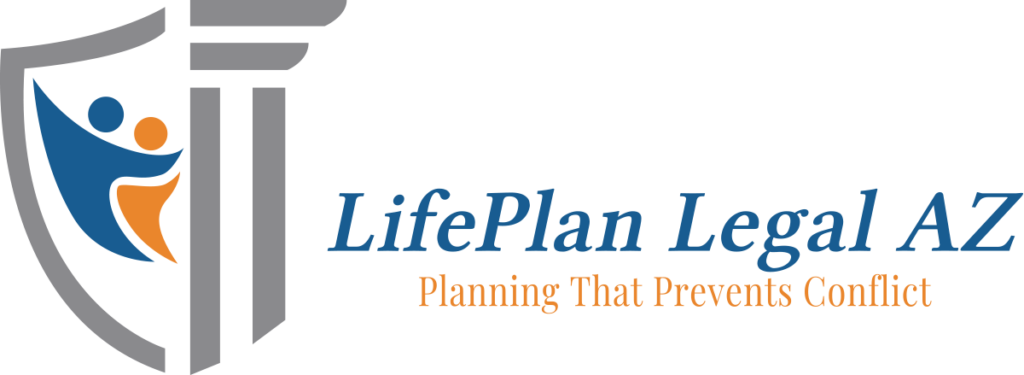When creating an estate plan, it’s important to consider all of the possibilities—including disability, says a recent article, “Beneficiaries with disabilities will impact plans,” from The News-Enterprise. A well-prepared estate plan can protect all heirs.
Disability planning typically includes two types of protections: first, to protect the disabled individual’s inheritance from the loss of government benefits. This includes Medicaid, SSI, food stamps, Section 8 housing and other means-tested assistance programs.
Good planning protects continuity of care. Most disabled individuals who qualify for government benefits live in supportive housing communities and/or are helped by caregivers. Losing access to these support systems could become overwhelming to a disabled person.
If the inherited assets are used in place of these programs because of poor planning, upon their depletion, the disabled individual would have to start the process of applying for government assistance all over again. The possibility of being assigned to the same programs and receiving the exact same support is unlikely. A long wait time for services could also become problematic.
Second, an estate plan that considers a disabled individual must protect them from vulnerabilities and exploitation. Financial scams and outright thefts are not limited to the able-bodied. A disabled person known to have access to an inheritance becomes a target for scammers. The estate plan needs to ensure a responsible and savvy individual serving as the trustee is looking out for their best interests.
Testamentary documents are most helpful in estate planning for people with disabilities. The most common mistakes made are completely disinheriting the beneficiary or putting funds under the control of a caregiver. Disinheritance is common, as most people don’t understand there are ways to prevent the loss of services while keeping inherited assets available for the individual.
Giving funds to a caregiver is almost always a recipe for disaster. The caregiver may not follow the directions or become a victim of scammers, leaving the disabled heir without the benefit of their inheritance.
One answer is a third-party trust. This is created by one person—the grantor—for the benefit of another person—the beneficiary. It is funded with assets that never belonged to the beneficiary, so any funds in the trust aren’t subject to a payback provision to the state when the beneficiary dies. Third-party trusts are an excellent tool for estate planning and can also pass funds along to contingent beneficiaries when the original beneficiary passes.
An experienced estate planning attorney will know the nuances of planning for disabled individuals. Your estate plan deserves to be created by a professional to protect those you love.
To learn more about estate planning in the East Valley, Gilbert, Mesa and Queen Creek, schedule your free consultation with Attorney Jake Carlson by using one of the links above.
Reference: The News-Enterprise (April 27, 2024) “Beneficiaries with disabilities will impact plans”


